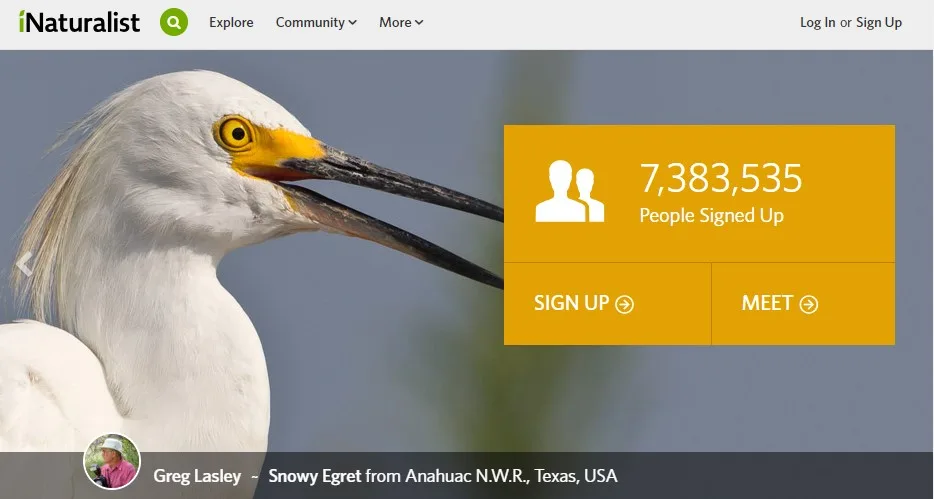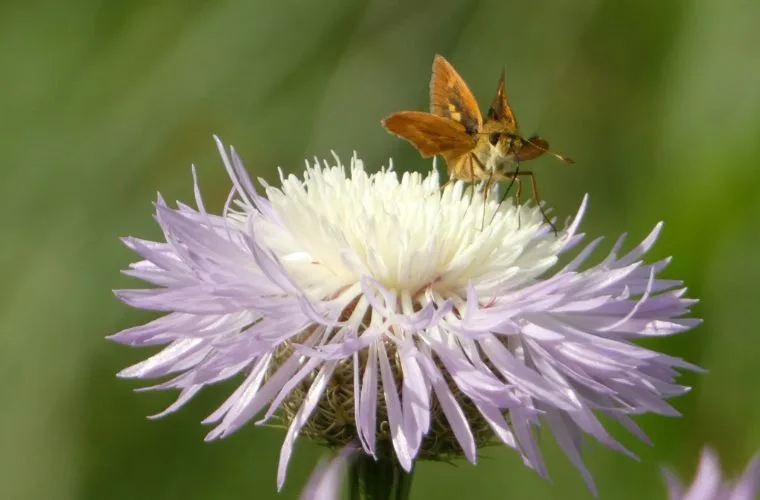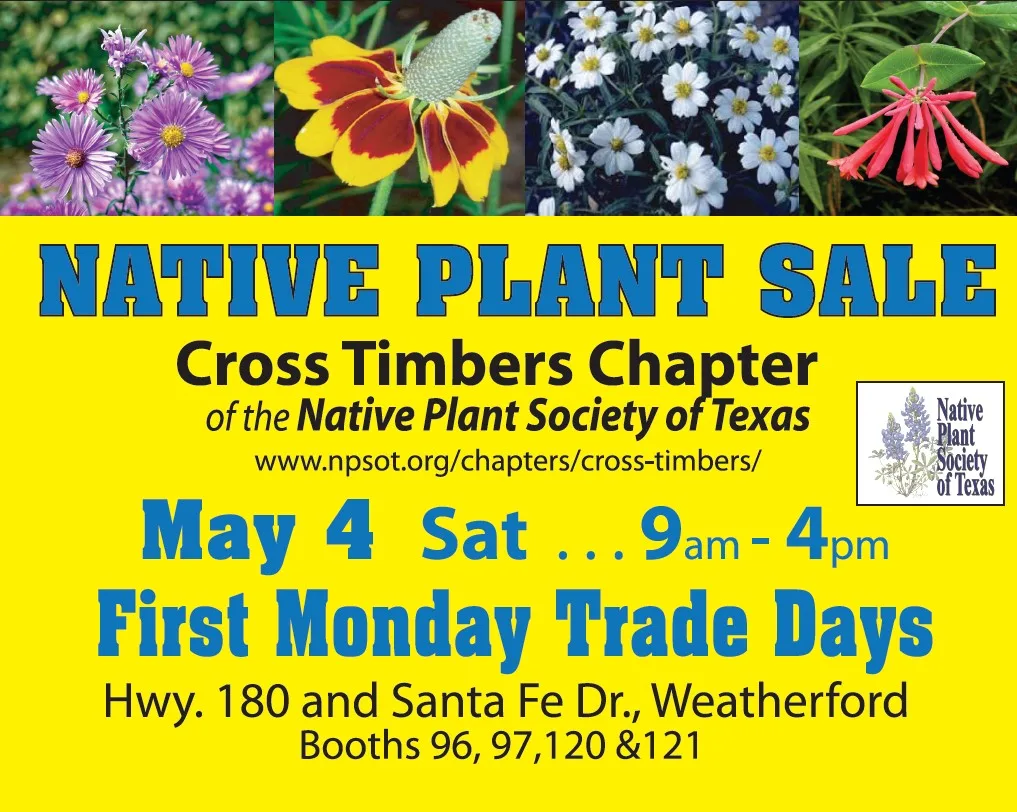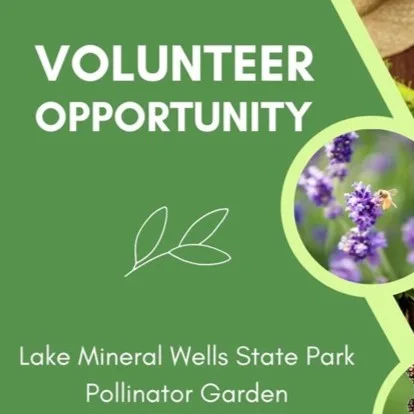June 8 @ 9:00 am – 12:00 pm
Join us for a “How-To” session on the uses of Naturalist at the Chandor Nature Trail. We will be learning how to develop programs with the information anyone collects on the species they locate. This event will be led by Rachel Richter and Brent Franklin. Rachel is an Urban Wildlife Biologist with DFW Texas Parks and Wildlife, and field trip instructor for Cross Timbers Master Naturalists (TXMN). Brent is a past instructor, Master Naturalist, and avid iNaturalist contributor.
This event will be shared with the Native Plant Society of Texas, Texas Master Naturalists, Friends of Chandor Gardens, and Parker County Master Gardeners. The public is welcome to attend. Cost: Free
Event Organizing Committee — Christie Tull is requesting volunteers to assist with the event, as they are hoping to have a large group. If you are interested in assisting, please contact Christie at greenwoodfarminc@aol.com or call 817-307-9307.
RSVP Requested – Please RSVP to Christie Tull, so there will be adequate seating, water and snacks available.
What to Bring and Do:
- PRIOR to the event, please download and install the iNaturalist app on your smart device
- Bring your smartPhone, Tablet, or iPad with the installed software
- Wear comfortable clothing, closed toe shoes, and a hat
- Bring insect repellent and sunscreen (we will have some extra if you forget)
- RSVP to Christie Tull
Directions: Enter main gate for Chandor Gardens, 711 W Lee St, Weatherford, Tx. Park. We will meet inside the mansion for a morning video presentation prior to heading to the trail to practice and learn about iNaturalist.





